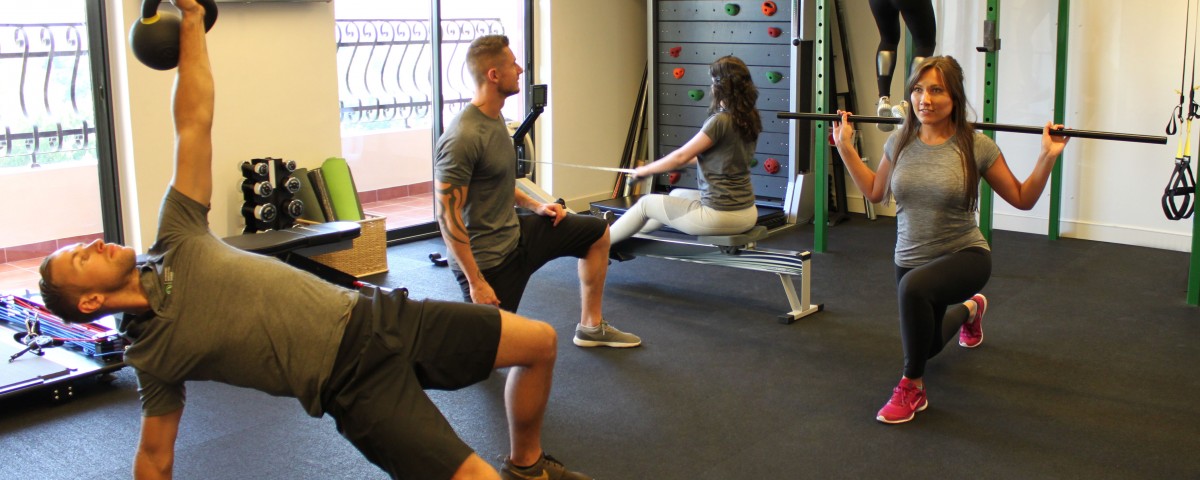Fitness and Rehabilitation: The Joint Journey

Tight calves?
January 31, 2016
Can deep tissue massage help with poor posture?
March 8, 2016One of the most common questions I get asked is “When can I get back to playing my sport?” To most, all that is wanted is to be able to play while being pain free but to therapists and fitness professionals, what’s truly needed is much more.
Injuries occur when stress placed on a specific structure exceeds its capability to maintain stability. When this occurs, the body compensates by increasing muscle tone and adapting neuromuscular responses so as to unload the injured structure and inflict the least amount of pain to be perceived by the brain. In order to prevent this from happening, many individuals resort to exercise, strength training, sports and yoga to increase muscular strength so as to prevent this from reoccurring. Nevertheless, even though one may train, injuries still occur!
Fitness professionals utilize periodized exercise programs to structure progress and increase strength, mobility and overall tolerances to physical stress in a gym setting. Traditionally, the way we become more resilient to stressors is by applying strength training exercises where weights, repetitions and type of training are all controlled to provide the best possible outcome. Additionally, dietary modifications and rest days are all structured into the program to assure proper recovery both physically and mentally from these high stress tolerances endured during training.
While fitness professionals are great at progressing ones training through periodization, therapists are needed to assess ones progress at a much smaller level. For example, if someone has a shoulder injury, the fitness professional might not have the proper skill set to assess and treat the dysfunction but is still expected to provide proper training for the rest of the body. This is where the therapist comes in and cannot only provide treatment for the shoulder but can also provide exercises to increase strength and conditioning.
Who’s to say that a physiotherapy session can’t be a training session? Rehabilitation and fitness operate in parallel by optimizing movement through corrective conditioning and exercise but differ in how each is delivered by the caregiver. Both are necessary to prevent, maintain and heal injuries that are caused by unwanted stress on a particular structure.
Next time you go to the gym and beat your body down to a pulp, think about how much time you’ve spent rolling out tight muscles and performing corrective exercises to rehab your body from that physical stress. Very few people apply therapeutic modalities to their training and expect 100% performance every time; it’s simply not possible! This can be attributed to the fact that individuals do not understand how to structure their fitness programs or simply don’t feel the benefit of applying therapeutic modalities to their training.
When applied together, movement restrictions and weaknesses become less apparent and individuals are able to progress much quicker and maintain those benefits for much longer. Ultimately, this missing link is what staggers progress whether it comes to rehabilitation or fitness.
We have become accustomed, through society, that it is acceptable to pay for trainers, coaches and fitness professionals to increase physical fitness whereas going to see a physiotherapist or any medical professional, when not in pain, is deemed pointless and a waste of money. Truth be told, both fitness professionals and therapists have very different approaches on how to prevent injuries from reoccurring while performing movement. Nevertheless, only when both are combined do people get to experience what true movement feels like.
Oliver




